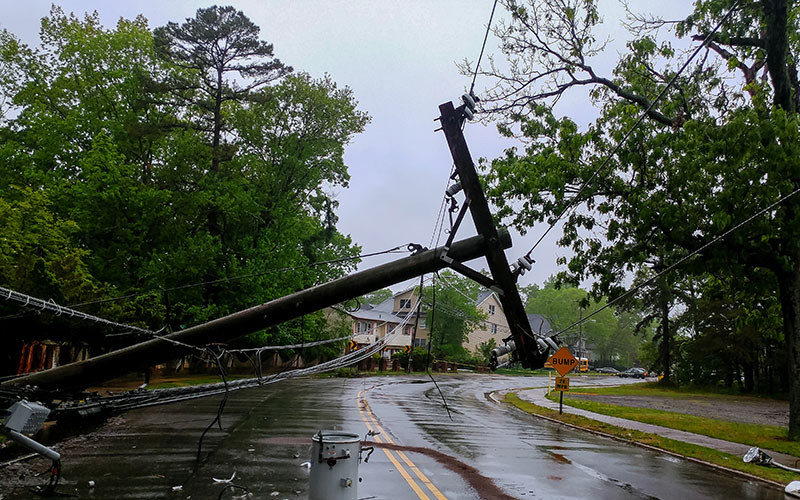Just the Facts, Please
21st Mar 2022
10 things worth knowing about backup power stations for your home
- A home backup power station is typically a compact, portable inverter generator used as a substitute or supplemental power source for homes and small businesses. There are several main types of home power stations: solar-powered, battery-powered and fuel-based – as well as units that combine multiple energy sources.
- Solar-powered power stations – also called solar generators – collect energy via connected solar panels and store it in a built-in solar battery. With no harmful emissions, these are the most environmentally friendly options, though they are also often the most expensive as well.
- Battery-powered power stations are the most common type of home backup power system. These stations use rechargeable batteries that generally last from 2 to 12 hours per use. While more environmentally friendly than fuel-based options, they do generate some waste when batteries or battery packs eventually need replacing.
- Fuel-based power stations generally burn gasoline or propane. These devices can be highly effective, but they have significant disadvantages: They cannot be safely used indoors; they pose health risks due to harmful emissions; they generate sometimes significant noise pollution; and they have a much higher overall environmental impact.
- Additional factors to consider when evaluating a home power station – factors that affect functionality as well as cost – are rated max output, rated capacity and weight/dimensions.
- Rated max output is the maximum amount of power a machine can provide under normal and specified conditions. Generally, power stations range between 300 to 1,000 watts (W) of rated output.
- Rated capacity is the amount of time during which a battery or machine can produce power, measured in watt-hours (Wh). Home power stations typically range from 200 to 1,000 Wh.
- The weight and dimensions of a home power station will impact where it can be stored and used in your home and how easily it can be moved and transported.
- The cost of home backup power stations can vary greatly depending on the type, rated max output and rated capacity. Standard models range from $100 to $1000 in upfront costs. More advanced and powerful options can range from $5,000 to $10,000. While these more expensive choices may not be necessary for a residence, they can be extremely useful for small businesses looking to protect their operations from power outages.
- Identifying the best backup power station for your unique needs can be a challenge. While many home improvement and hardware stores carry power station products, it pays to do your homework to find the best option for your needs. The investment you make to choose wisely will pay dividends for many years to come.

